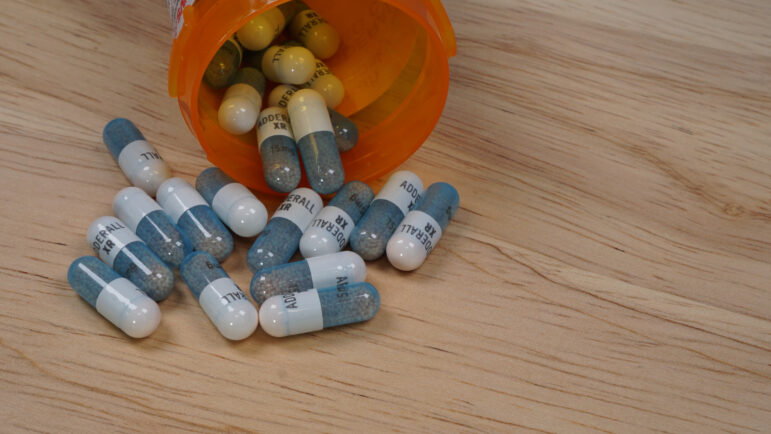The mental healthcare company Cerebral is in the news for halting all prescriptions of controlled substances to ADHD (attention deficit hyperactive disorder) patients, months after whistleblowers came forward about unethical practices such as overprescription. They allegedly instructed employees to prescribe stimulants to boost patient retention and failed to report data breaches, resulting in the ousting of their CEO and a new lawsuit claiming they “consistently and at times egregiously put profits and growth before patient safety.”
But this is not just one bad apple. This case reflects systemic issues in healthcare: the lack of regulation in the online prescribing space, the profitability of pharmaceutical treatment over healing, and our “pill for every ill” culture. How did we get here?
More diagnoses, more medications
For over two decades, diagnoses of ADHD have been steadily rising. It’s unclear whether this can be attributed to an actual rise in prevalence, continued medical training to identify ADHD, or adjusted diagnostic criteria in the DSM-5, the diagnostic and statistical manual of mental disorders. What is clear is that American adults, adolescents, and children are being diagnosed with ADHD more than ever — and they are being prescribed medication at higher rates than ever.
This increase in ADHD prescriptions is especially concerning when considering how young one can be when they receive their first ADHD diagnosis. According to the CDC, children as young as three years old may be identified as having ADHD, potentially setting them on a path of long-term medical intervention. Over 60% of children are given stimulants to manage their symptoms, and these drugs do not come free from consequences. Stimulants have short-term side effects like insomnia, headache, dizziness, and gastrointestinal problems, and long-term use can be toxic.
There are other options for ADHD treatment like behavioral therapy or neurofeedback, both of which do not require prescription medications. In fact, research has shown that behavioral therapy is effective for individuals who don’t respond well to stimulants and may be the better option even without pharmaceutical support.
It’s also worth noting the regional differences in ADHD diagnoses. Given that neither the prevalence of diagnoses nor the rate of prescriptions is consistent across the country, perhaps we should be taking a closer look at how, when, and why we are so quick to push medications in some parts of the country but not others.
Lack of regulation in telehealth
Telehealth has made it easier to access behavioral health services; even after Covid-19, this trend is likely to continue. As beneficial as it is to make behavioral health care more accessible, it also opens up opportunities for exploitation.
Prescribing medication is profitable for many mental telehealth companies, and it’s no surprise that these businesses understand how to maximize their profit regardless of the human impacts. From instructing providers to prescribe stimulants to 100% of ADHD patients to pushing addictive amphetamines onto individuals who did not meet ADHD criteria, these companies are creative in how they manipulate an individual’s mental health crises to generate an extra dollar.
Overprescription is overuse — but it’s profitable
Overuse of medications is a constant problem embedded in our healthcare system, and unfortunately individuals seeking help for ADHD may be treated as a financial pawn rather than an individual in need of help. The financial ties between physicians and ADHD overprescription has already been documented, and as more healthcare start-ups hit the market, we’re likely to see an acceleration of the psychiatric prescribing cascade.
As with all forms of medical overuse, it does not come risk-free. Individuals seeking help for their behavioral health are in a vulnerable position, and companies know this. Overprescription is profitable, and until we reckon with our instinct to medicate, we won’t be giving the best care possible.
